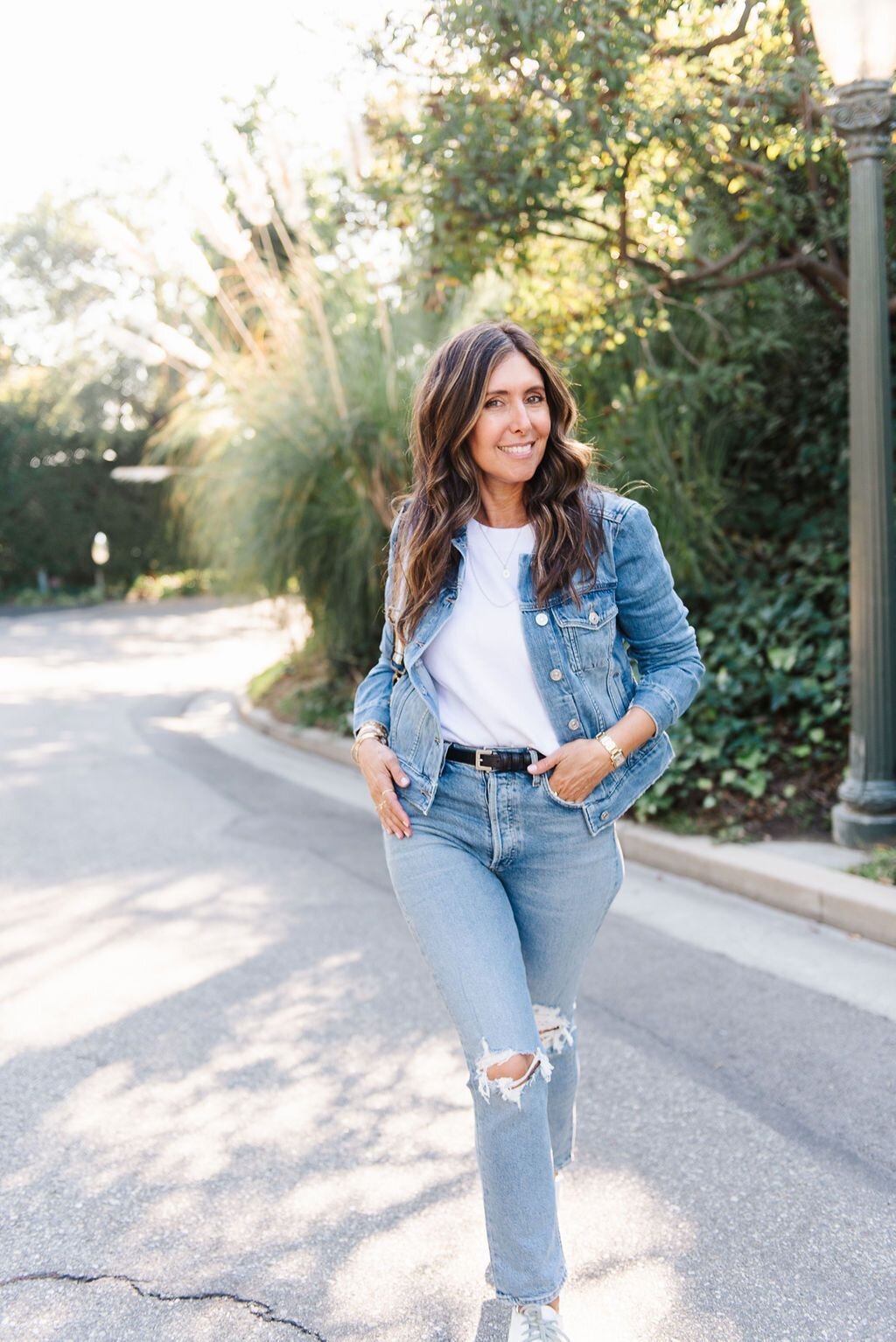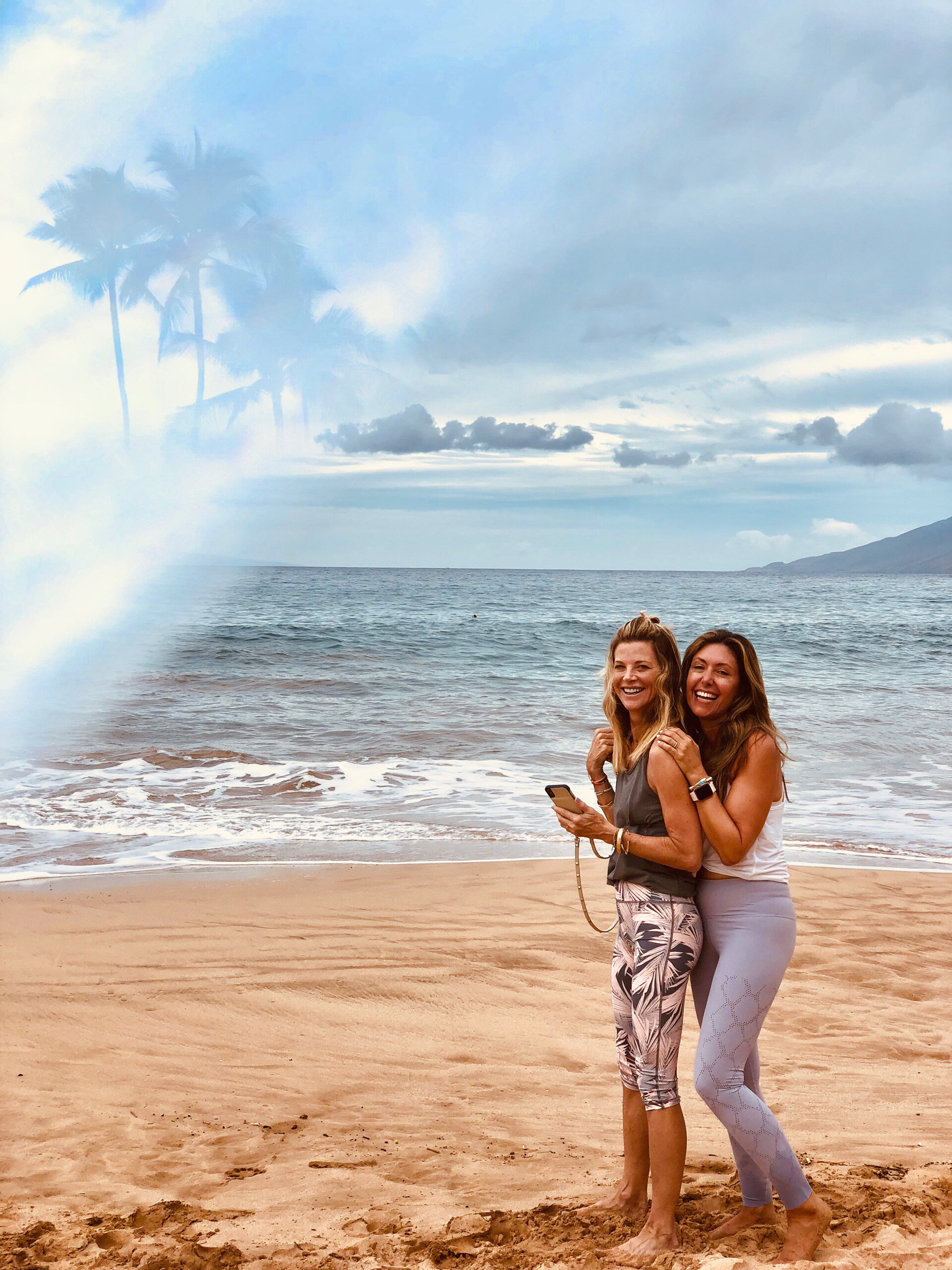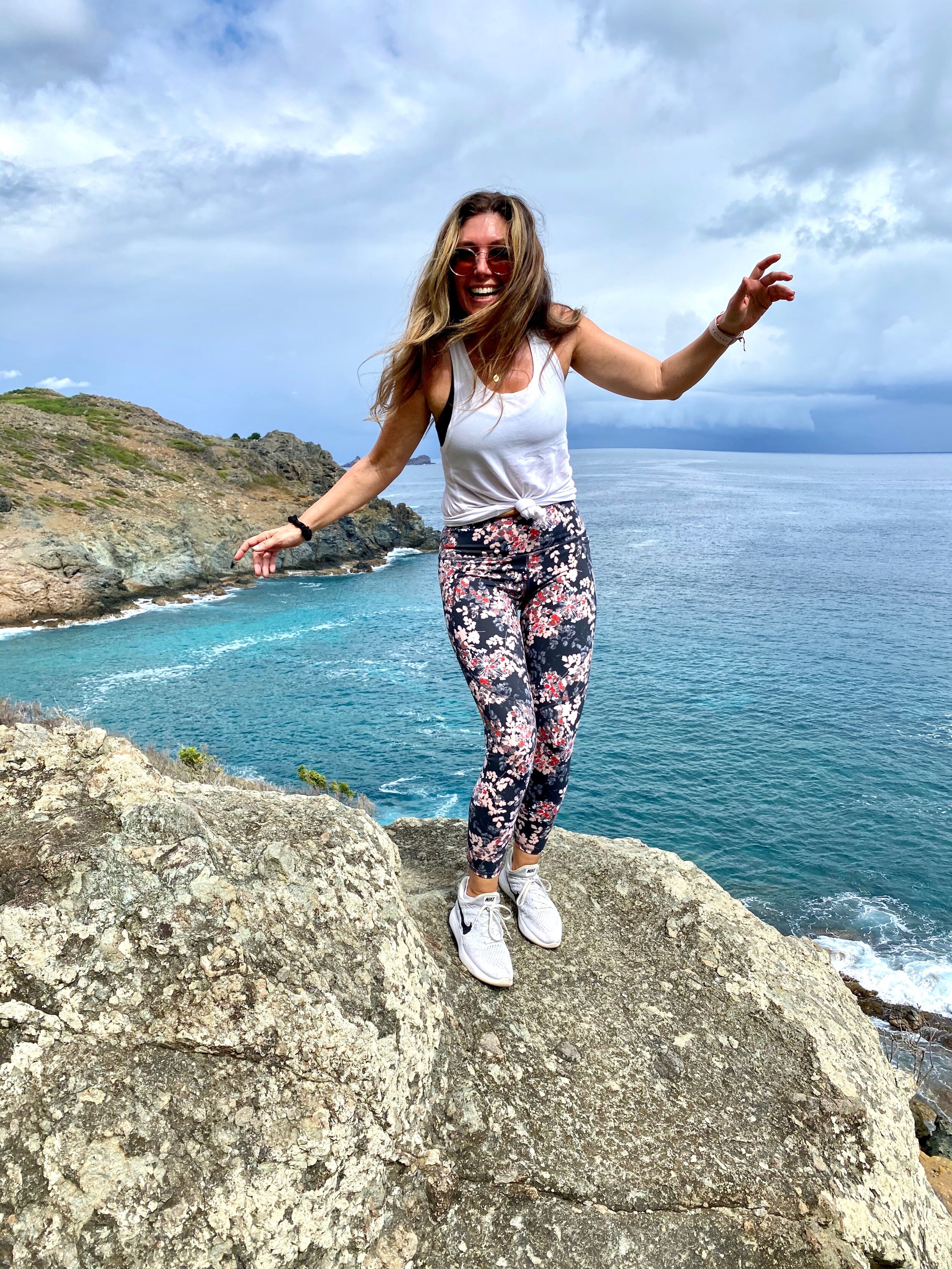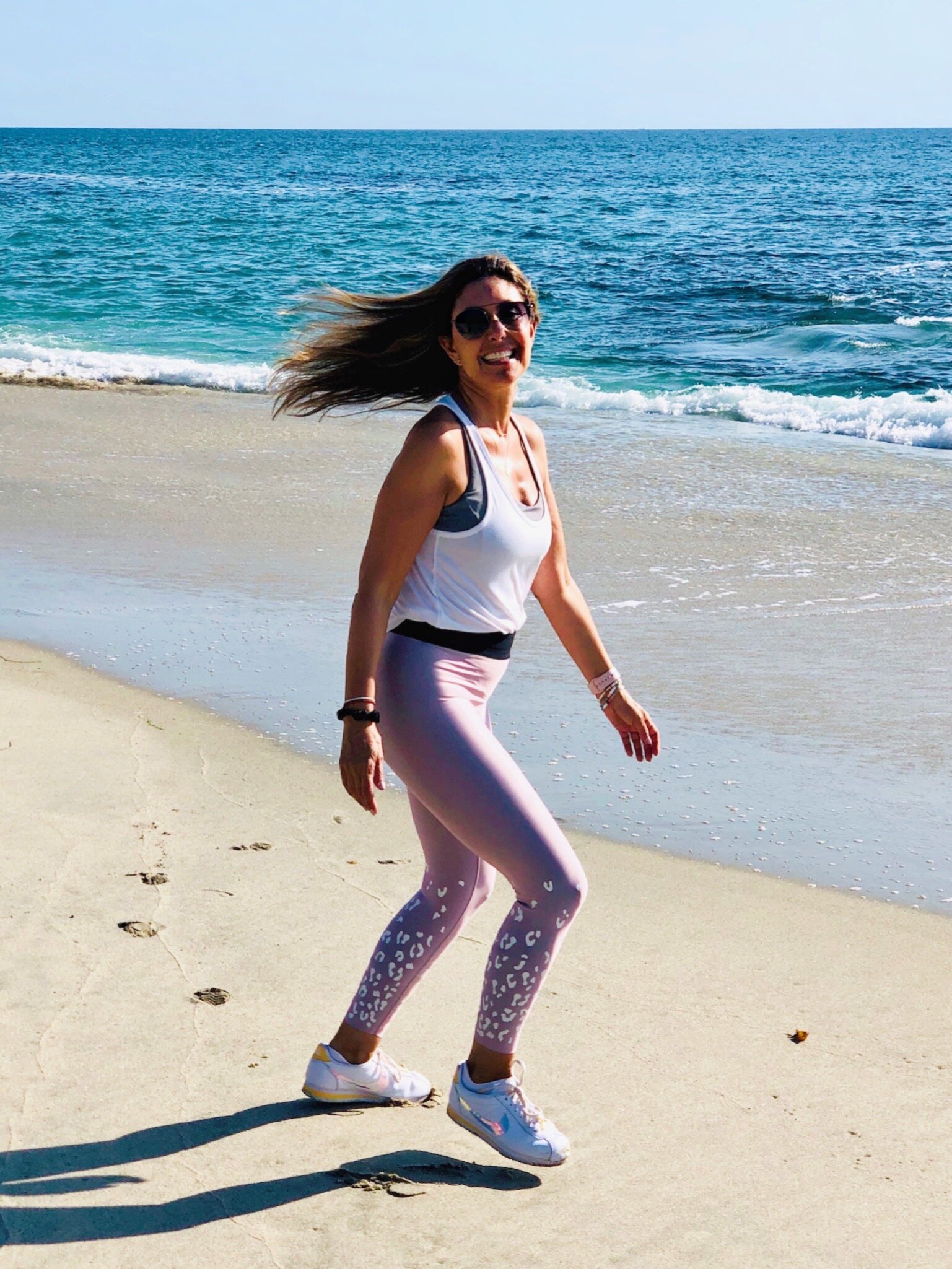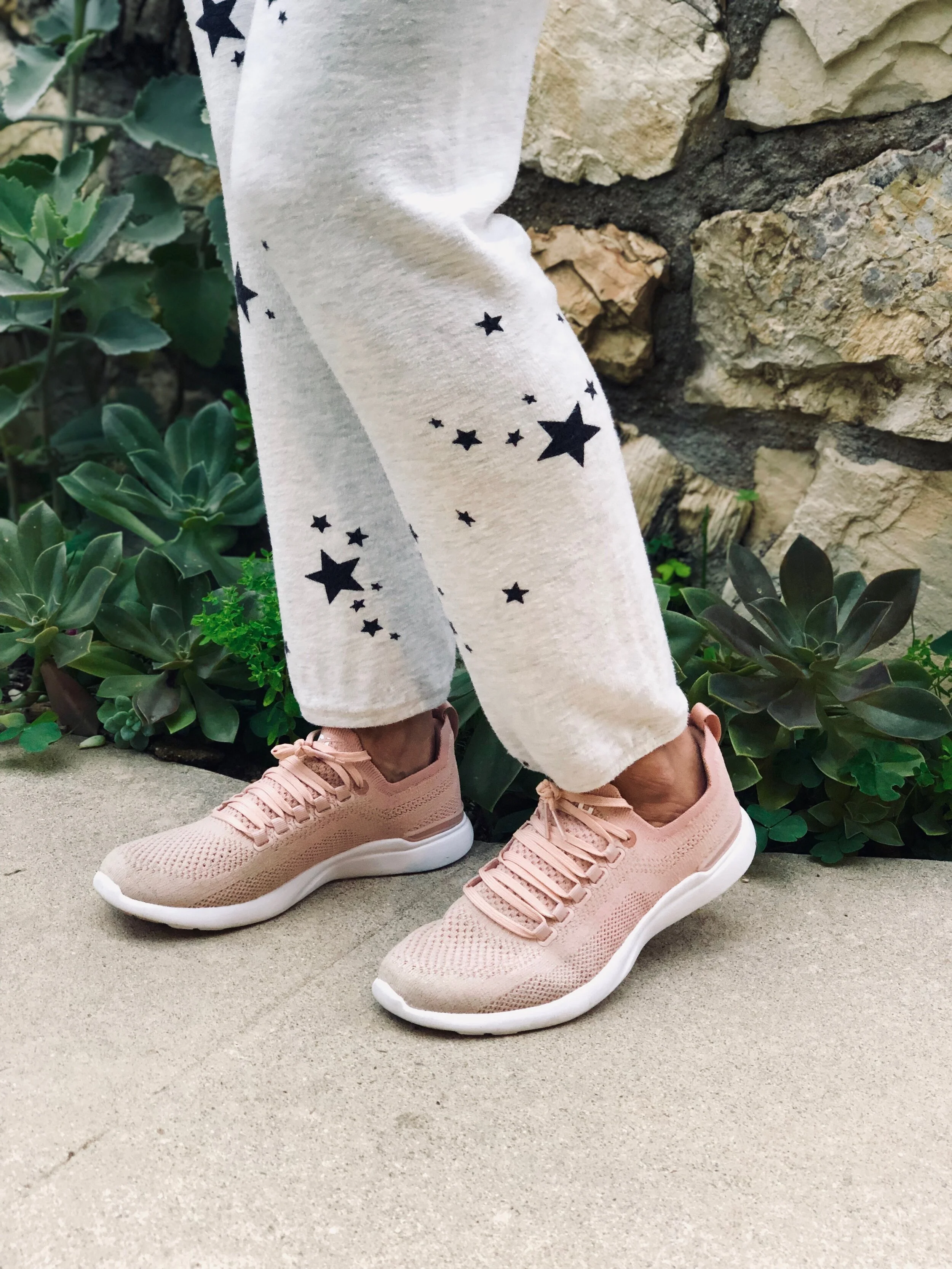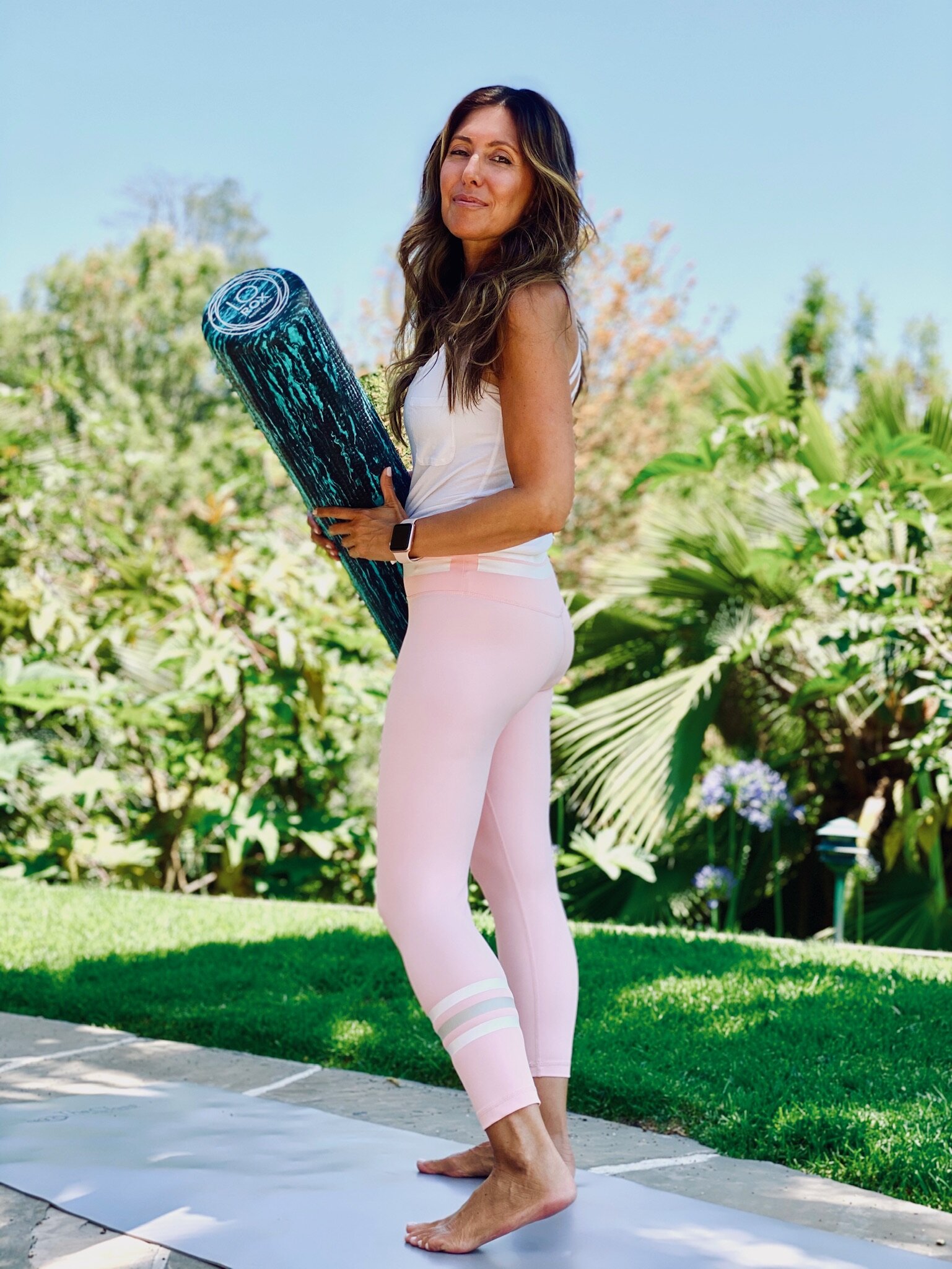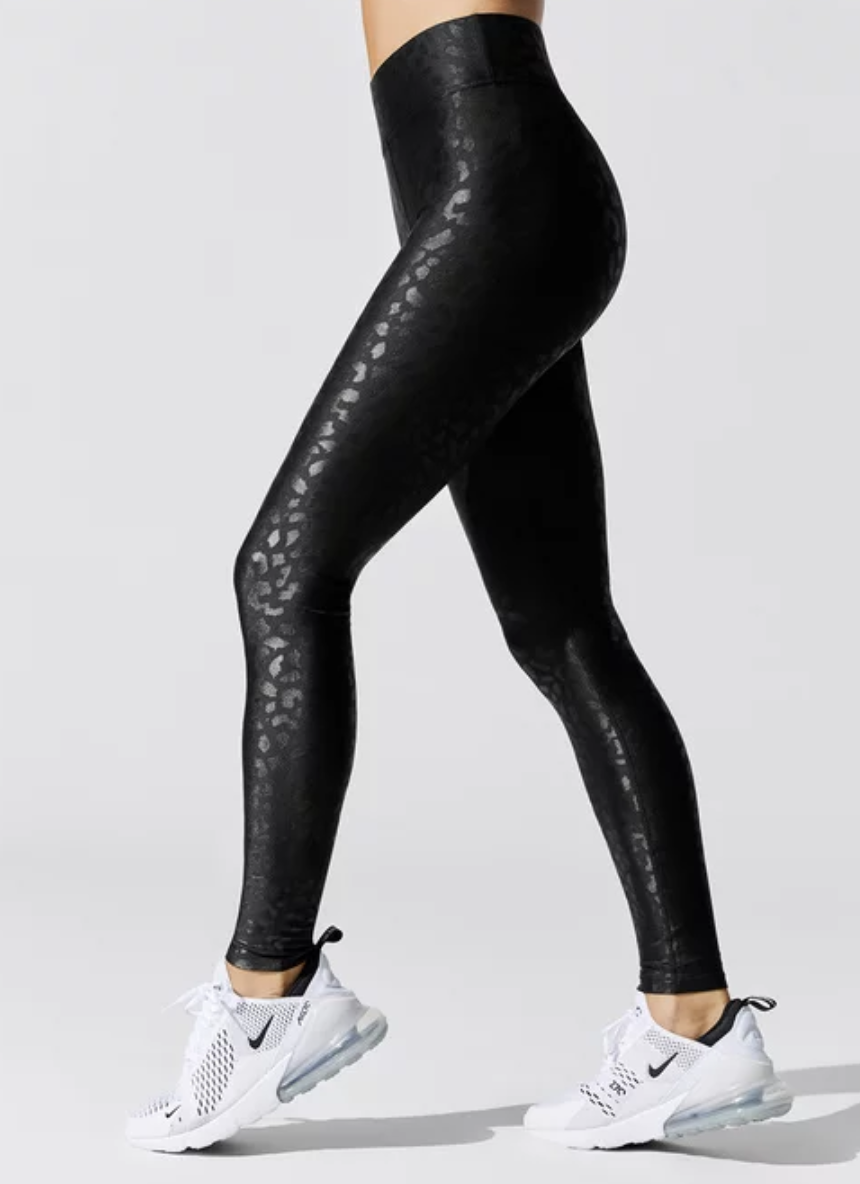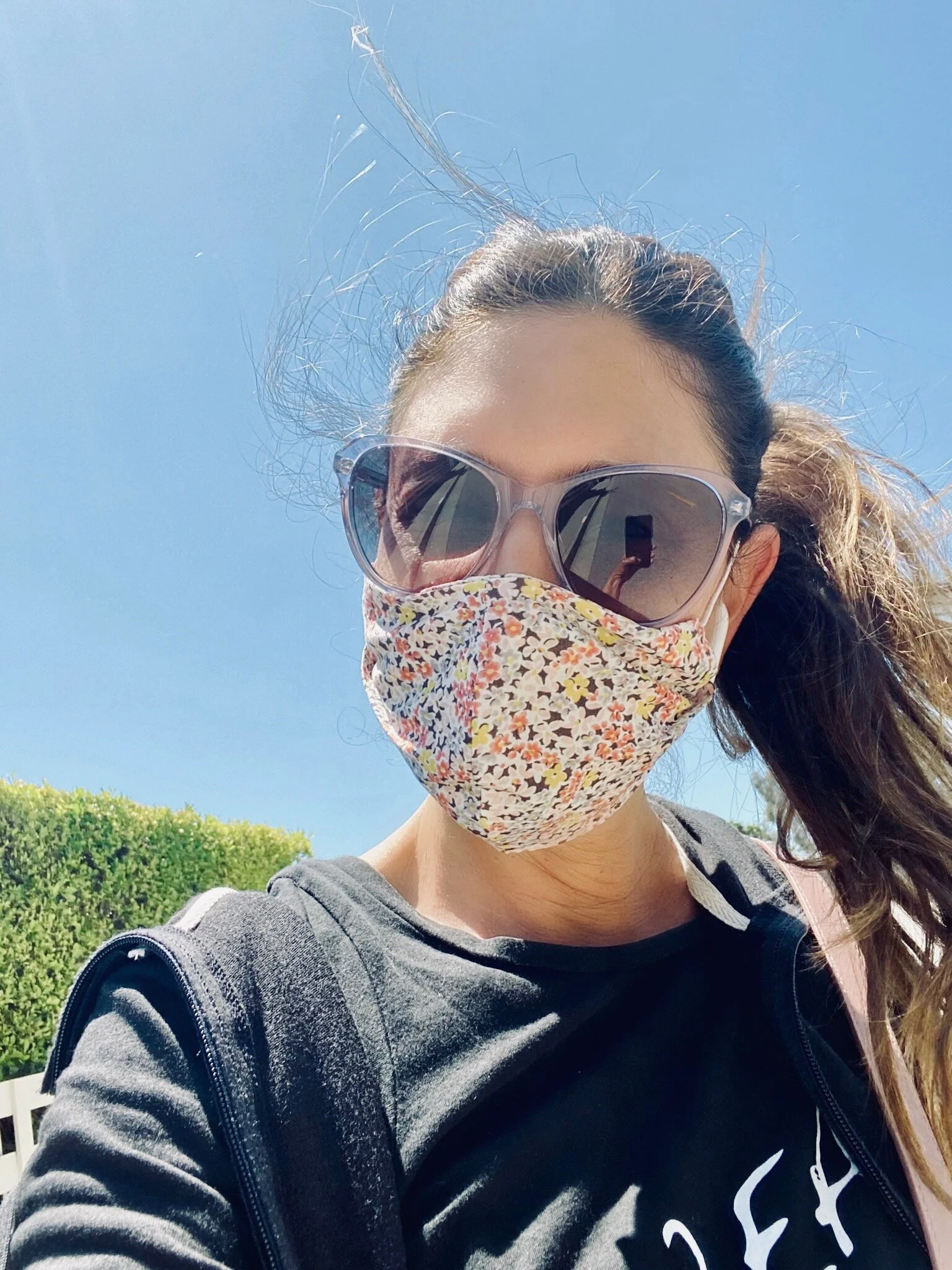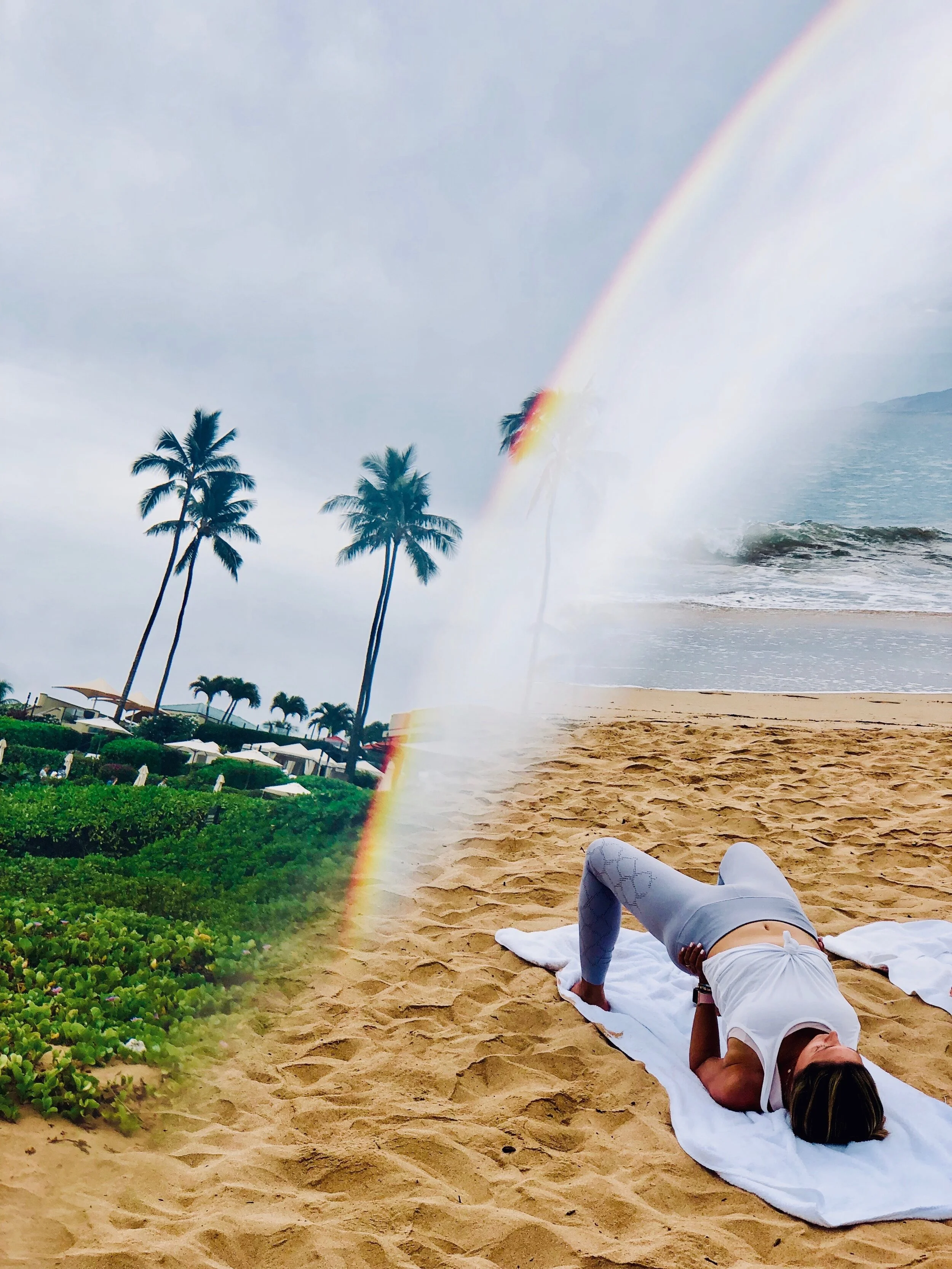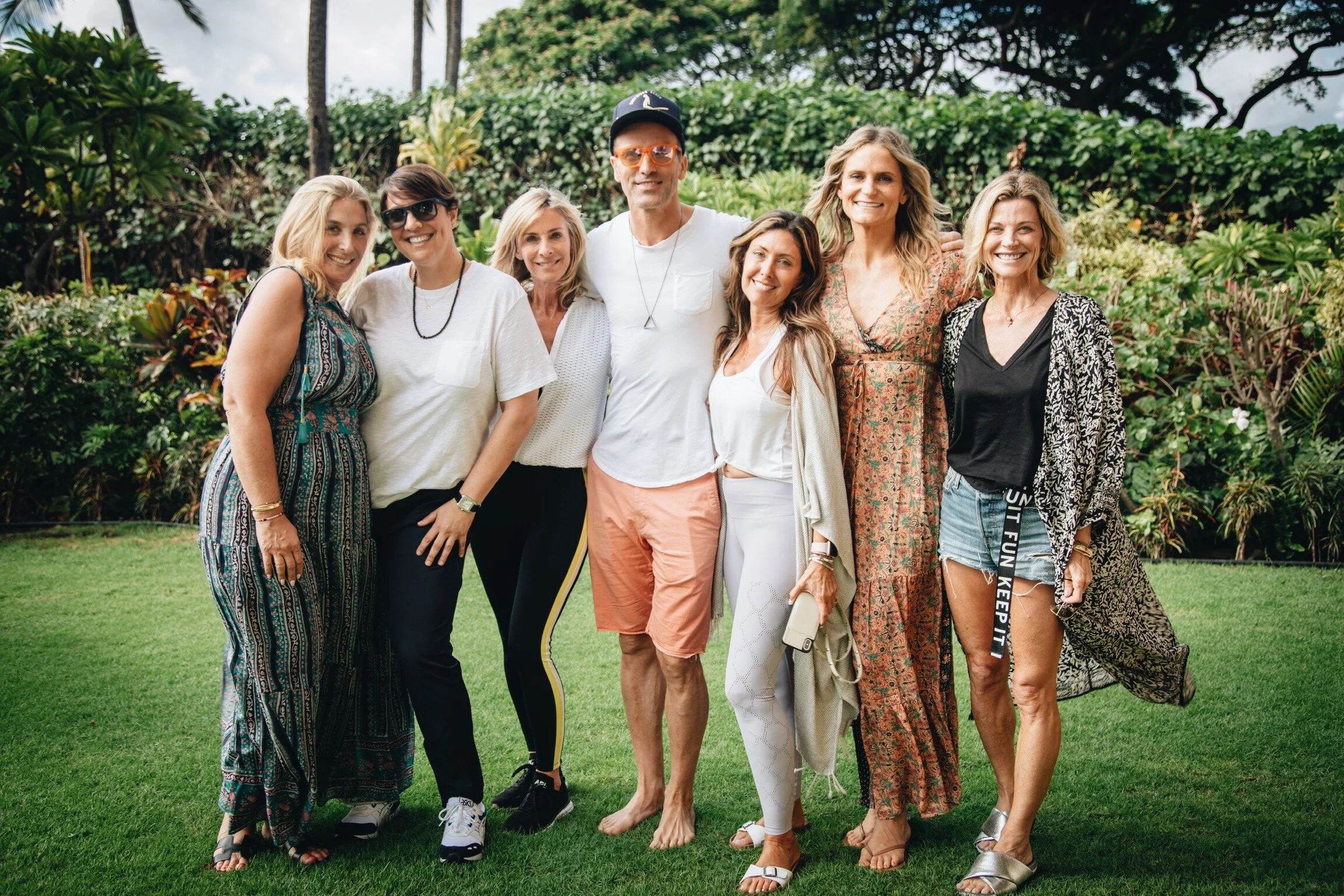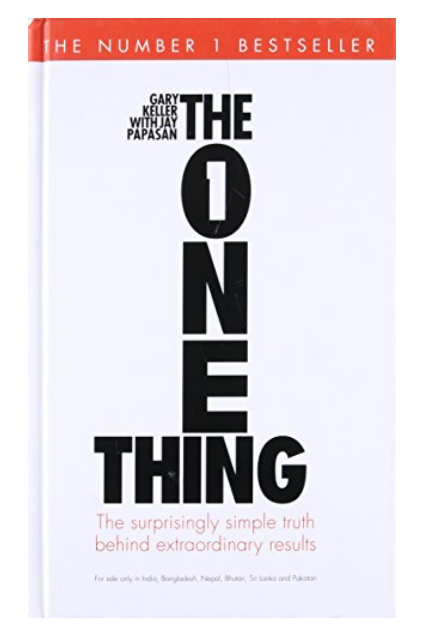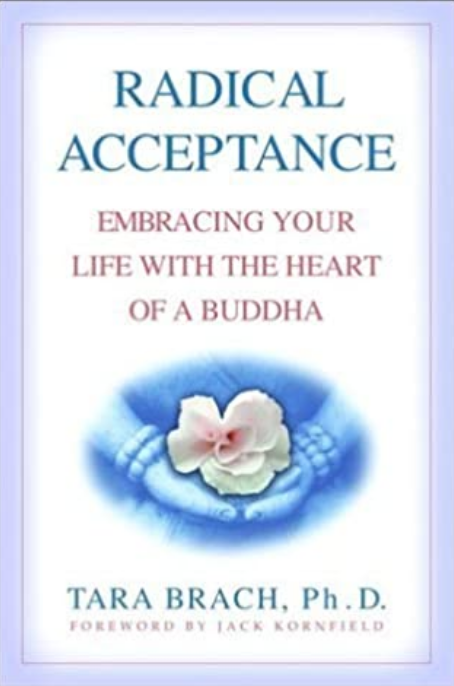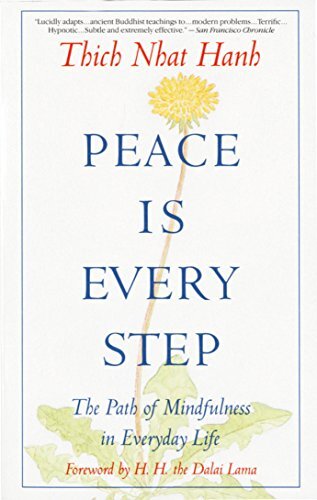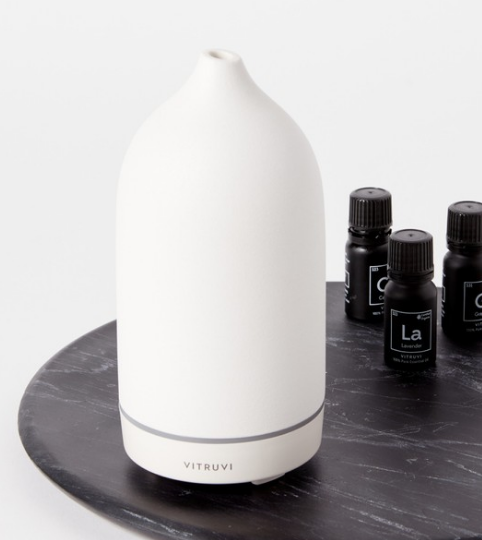Those of you who have been following me for a while know that I am a wellness and self-care advocate. Being an editor turned influencer, I’ve had the luxury of being able to road test hundreds of lifestyle products over the years. There’s just so much info and so many products out there to review and digest—I think most women these days may not have the time or budget to thoroughly vet them. It’s my job (and I love it) to weed through all this “stuff” and to recommend the top things, to my knowledge, that help me to look and feel my best. Everything is highly curated and I only recommend products and brands that I truly love. I am passionate about sharing these best-kept secrets to help you save time and lead a more enhanced life. I just turned 56 and feel better than I did when I was in my 30’s, so I know first hand that these lifestyle hacks work!
Read moreFavorite and Most Flattering Activewear Styles
SHOP similar- Melissa’s Varley Leggings
SHOP Janet’s Sweaty Betty Leggings
Photo: Kelly Fogel Photography, SHIFT Mind, Body, Soul Wellness event.
Doing something active each day is as important to me as brushing my teeth. With our stay-at-home way of life these past few months, I had to find creative ways to keep my body moving, and adopted some new rituals to stay fit. Now that summer is here and things are opening up, it’s a great time to get outside.
Going on a run can mean running errands or taking a jog on the beach; either way, I have some great styles that will help you look good as you get moving! In my latest monthly feature for Who What Wear, “We're in Our 50s and Swear By These 5 Activewear Looks,” Janet Gunn The Grateful Gardenia and I once again share a few of our curated favorites for getting out and about. Read on to see the trends I am currently loving!
Click on the images in the carousel to shop for some faves from the story!
Scroll down to read the full article!
Biking, Hiking, Walking
When out for a leisure bike-ride or a fresh-air hike, a full-length legging or breathable jogger with a light-weight top keeps me looking and feeling cool. Try knotting an oversized t-shirt or tank to go from basic to a bit more style!
Beach Riot Piper Legging
I always love a good floral legging!
Nike Air Max 270 React
Varley Century 2.0 Leggings
Home Workout
Make-shift home-gyms and online class streaming have definitely enjoyed a moment these past few months. When doing my home-based workouts, I like to either wear sheer, loose-fitting tops with a bralette underneath or a quick-dry tank to make sure I have options to cool down if I start to overheat.
Alo Yoga High-Waist Cargo Biker Short
Sand and Surf
The beach is the perfect spot to get active by running, walking, or jumping waves. When oceanside, I like to keep it fresh with white, light colors or floral patterns. Shoes… are optional.
Walking/Running
For a mild cardio walk, a pair of joggers or trending tie-dye sweats (DIY or store-bought!) keep things comfortable and relaxed. For a run, I mix it up a bit with a bike-short or a patterned legging to show off a bit of flair. And, of course, a solid, stylish shoe that can walk or run the distance with me.
Pilates/Yoga/Rolling
Pilates, yoga, or foam roller? All of the above, please! As I get older it’s important to stay flexible! I like a 3/4 length legging that moves with me, paired with a tank or a t-shirt that is long enough to not ride up as I bend and stretch. The pastel legging trend is perfect for foam rolling in the garden!
Alo Yoga 7/8 High-Waist Airbrush Legging
Run-around-town
Now that I am finally able to run-around-town a bit more these days, I want activewear outfits that will keep me comfortable and stylish while staying safe. Matching sweat-sets, or joggers worn with a coordinating tee, both offer chic style and comfort. Throwing a kimono-style cardigan over athleisure wear can add an element of boho flair to complete the look. And, don’t forget to add the hottest fashion statement of the moment… a face mask!
Carbon38 Takara Leopard Leggings
SHOP Molly Pepper Masks and use code “theglowgirl” for 15% off
I hope you found some new versatile pieces you can wear that will take you from a hike or a bike ride to a walk around town. And, don’t forget that mask! A fashionable face covering is a must-have side-kick to keep you safe while staying active!
xxMelissa
SHOP similar- Varley Leggings
Photo: Kelly Fogel Photography, SHIFT Mind, Body, Soul Wellness event.
Mindfulness and Practical Life Skills- Tips for Getting Through the Current Covid-19 Climate and Beyond, by Erin Lotz and Sasha Ginsburg-Krasny
Photo Credit: Kelly Fogel. SHIFT Mind, Body, Soul Wellness Retreat, Four Seasons Maui.
During this stressful time with the Covid-19 pandemic, I’ve found myself clinging to my mindfulness and gratitude practices more than ever. Perhaps it’s because these two things help me to pause and better choose how to approach the many things that are out of my control at the moment. When I think of the word mindfulness, common suggestions such as being more present, focusing on one thing at a time, and taking time to meditate come to mind. But in conversation with my friend and Psychotherapist, Erin Lotz, I also realize mindfulness isn’t just about these things, it’s also about validation, acceptance, and sitting with any opposing feelings we may be experiencing.
I met Erin at the Shift Mind Body Soul retreat last September, where she taught a fascinating workshop and gave us some tools to help improve our overall mental health. Erin and her co-founder, Sasha Ginsburg-Krasny, run a psychotherapy treatment center, Westside DBT, with two locations in the Los Angeles area. Dialectical Behavioral Therapy (DBT) combines both cognitive-behavioral therapy and mindfulness approaches that help people understand, accept, and change patterns of living that cause distress.
This month, I'm pleased to welcome this guest contributor duo to my platform. Read on to see how Erin Lotz and Sasha Ginsburg-Krasny take us down a path less traveled when it comes to sharing a different way to look at mindfulness and some great suggestions on how to apply this practice.
Photo Credit: Kelly Fogel shot at the SHIFT Mind, Body, Soul Wellness Retreat. Pictured above Nicole Fogel, Erin Lotz, Peter Crone, moi, Lauren Roxburgh and Janet Gunn.
For several years, the concept of mindfulness has been researched, discussed, and promoted in many different areas. Healthcare workers, mental health clinicians, nutritionists, and others have sought to implement mindfulness in their work with their clients. Mindfulness retreats have become coveted events all over the world. What was once a buzz word, is now widely used in several different fields. However, with this emergence, mindfulness can sometimes feel more complicated than it is and perhaps unnecessarily confusing.
Now, in 2020, the entire world is facing a physical and mental health pandemic, Covid-19. Regardless of where you are in your acceptance of this enormous life challenge, mindfulness is the most relevant practice that can get us through these times. Jon Kabat–Zinn defines mindfulness as, “paying attention in a particular way, on purpose, and in the present moment taking a nonjudgmental stance.” That’s it. Think about that elegant simplicity. The emphasis is “on purpose” as opposed to being on “auto-pilot”. This simplicity allows for individuals to embrace mindfulness anywhere and anytime. It can be simple, practical, and helpful.
A friend once asked, “Why would I want to pay attention all the time? Who wants to do that? I’m good with the way things are. Besides, life kind of sucks sometimes.” Many of you must be thinking that right now and, to be completely honest, our friend has a good point. Nevertheless, the other side of this dialectical dilemma is that when we pay attention on purpose, we allow ourselves to increase the quality of our lives. Also, we get to take hold of how we create and respond to whatever is right in front of us, whether it causes us joy or pain. We become the drivers in our own life, allowing us to metaphorically take hold of the wheel and steer. Choosing to ignore our realities can cause more suffering than confronting them. Paying attention to our internal and external experiences empowers us to make an actual choice.
As clinicians using Dialectical Behavior Therapy (DBT), we hold the philosophical stance of dialectics. A dialect is two opposing forces both being true at the same time. An example of this is the concept of acceptance and change. We can accept life on life’s terms and our current circumstances but also want things to change at the same time. Dialectical dilemmas and tensions are what we experience when we are pulled in the two opposing directions. This can feel very distressing at times, however, it is actually a very natural and common phenomenon that most individuals experience but do not talk about. It is not good or bad, black or white, happy or sad. It is both at the same time. If we do not acknowledge the dialectical dilemmas that we face daily it results in our living in the extremes and failing to find a cohesive synthesis. Through mindfulness, we can observe these opposing forces and try to purposefully walk the middle path between the two. Doing so without imposing judgment, personal interpretations, and opinions is also helpful.
During this pandemic, a common dialectical dilemma that we have been observing is wanting to live our lives as normally as possible while having to accept the new shelter at home guidelines that are keeping us physically distant from our loved ones. Both of these ideas are true and both can be held at the same time. This can cause an immense amount of stress and research illustrates how stress or anxiety affects our cortisol levels. Cortisol is the stress hormone and an increase in cortisol levels can, in turn, compromise our immune system.
There is no doubt that we are all feeling a sense of heightened uncertainty specific to the COVID-19 pandemic. Likely, most of us have now gone into survival mode which is a natural instinct that is meant to be temporary. Living our lives to simply survive is not living. So, how do we shift from survival to living? The answer is mindfulness.
Here are a few suggestions that can help in your own mindfulness practice.
Pay attention to how you are talking to yourself and others about COVID-19. How we talk to ourselves affects how we feel and how we behave. You can empower yourself and stay mentally healthy by reframing distressing thoughts to embrace a sense of calm and not spiral into catastrophic fear or panic.
When we are practicing Mindfulness, we become curious, nonjudgmental observers on purpose. We notice and put words to our experience. “I’m noticing fear. I’m noticing that I am focusing on my negative self-talk.” Our worry thoughts can be intrusive but when we learn to pay attention deliberately, we become more aware of how our thinking is affecting us. We can hit pause and “take hold” of our mind as opposed to allowing our mind to take control of us. When you are feeling anxious, stressed, or fearful ask yourself “is this thought helping or hindering me?” If it is a hindrance then practice reframing the thought.
Think of a more adaptive thought, even if you do not fully believe it. Acting “as if” often helps change your cognitive process.
Validation is another effective strategy. It creates a sense of safety and belonging. When we practice validation, we acknowledge that our internal experience makes sense. It makes sense that most people are feeling unsettled and wanting to gain a sense of control right now. Identifying that it is normal to feel this way and understanding that we are not alone are helpful self-validation strategies.
Radical Acceptance is another DBT skill that relates to mindfulness. This is acknowledging our reality instead of wishing it was different. When we practice radical acceptance, it is important to know that accepting our reality does NOT mean we must agree and approve of it. It is simply reminding yourself that it is happening. We can only move forward and change when we accept what is.
Radical acceptance allows us to live with our eyes wide open, not live in the dark or in denial. Suffering is the non-acceptance of pain. In essence, suffering becomes optional and when we acknowledge what is happening we become empowered to do something about it.
As we move through this time as a community, remember mindfulness is a skill that needs to be practiced daily. You can do it with awareness. When we exercise this skill, we are choosing to calm our central nervous system and keep our immune system strong. We can create new neural pathways in the brain and increase the quality of life.
As each of us practices common mindfulness suggestions that we frequently hear and read about, we also encourage you to consider practicing validation, radical acceptance, and dialectical thinking strategies.
Sasha Ginsburg-Krasny and Erin Lotz co-founded Westside DBT, a comprehensive dialectical behavior therapy outpatient clinic in August 2010. They were intensively trained as a team, through Behavioral Tech, and have extensive experience in the field of DBT (Dialectical Behavior Therapy), with a combined 27 years experience.
Sasha and Erin currently treat families, adolescents, and adults in West LA and Studio City locations along with a team of 16 therapists. They have provided clinical training for the UCLA psychiatry residents for the past four years and are also trained in the newest application of DBT; launching a novel program to bring DBT to children between the ages of 6 and 12, as well as their families.
Sasha, a USC graduate, received her training from Harbor UCLA, a DMH facility in Torrance, California. She currently specializes in cognitive behavioral therapy and DBT, working with adults and family members. Sasha lives in Santa Monica with her husband and 6-year-old son. She also has two step-daughters in college.
Erin Lotz is a USC graduate as well, holding a Master’s Degree in Clinical Social Work. She was first introduced to DBT while providing psychotherapy at Optimist Youth Homes, working with adjudicated youth and she participated in her first two-day DBT training with Marsha Linehan in 2000, the founder and creator of DBT. When Erin worked at Cedars-Sinai Medical Center in Los Angeles, in the Department of Psychiatry and Behavioral Neurosciences, she helped integrate DBT into Thalains’ Dual Diagnosis and Adult Intensive Outpatient programs, while training the psychiatry residents and clinicians. Erin currently resides in Pacific Palisades with her partner, son, and two dogs.
Erin Lotz, LCSW and Sasha Ginsburg-Krasny, LCSW
Co-Founders of Westside DBT
West LA and Studio City
www.westsidedbt.com
SHOP Recommended Reads and Wellness Products Below!
The One Thing by Gary Keller with Jay Papasan
SHOP The One Thing: The Surprisingly Simple Truth Behind Extraordinary Results by Gary Keller with Jay Papasan
Radical Acceptance by Tara Brach
Say What You Mean by Oren Jay Sofer
Peace is Every Step- The Path of Mindfulness in Everyday Life by Thich Nhat Hanh
SHOP My Favorite Wellness Products Below!

